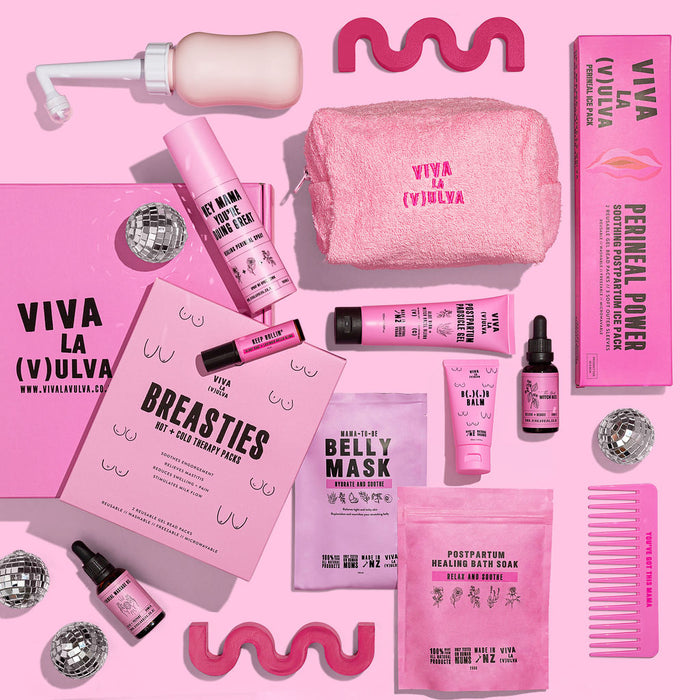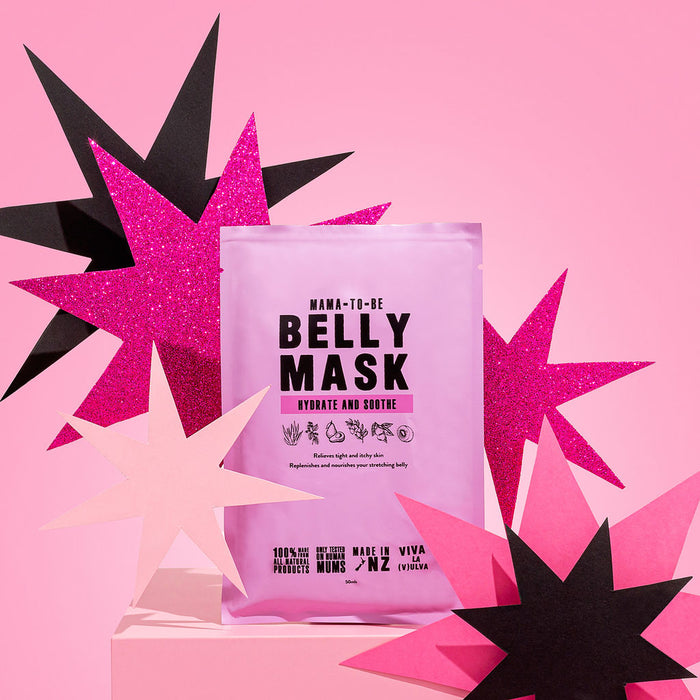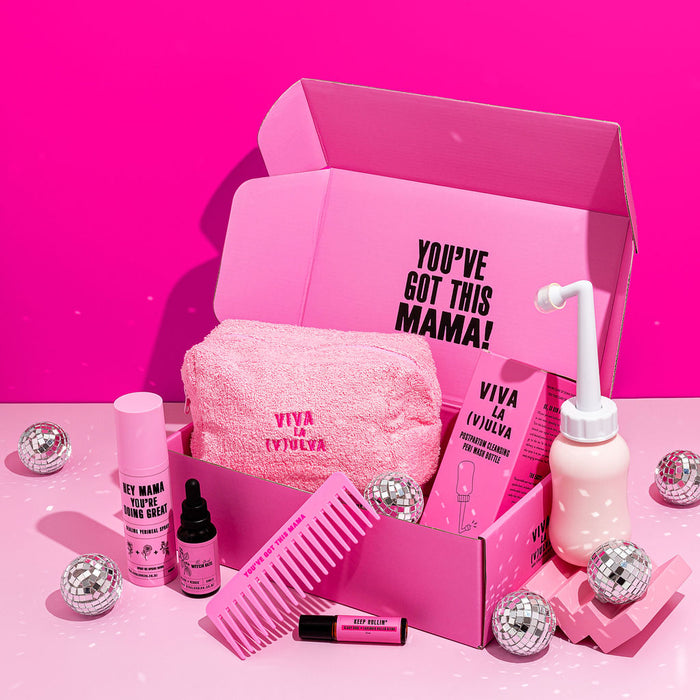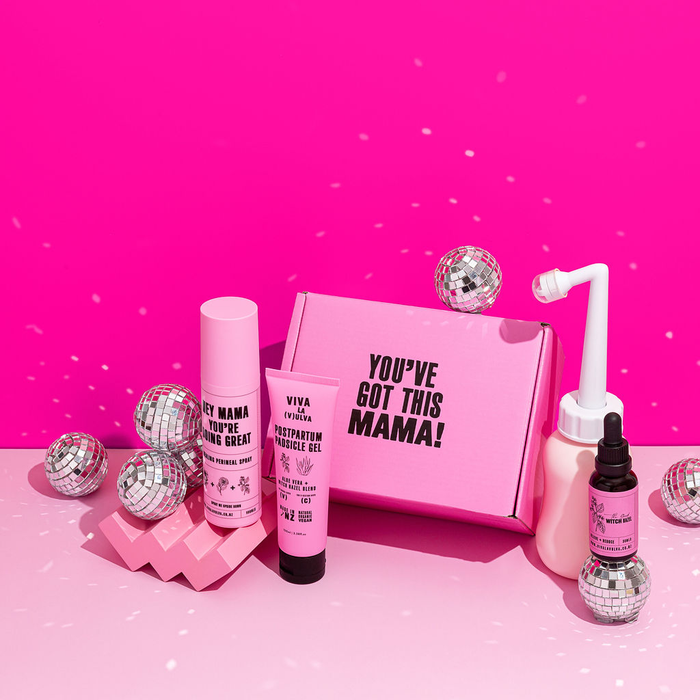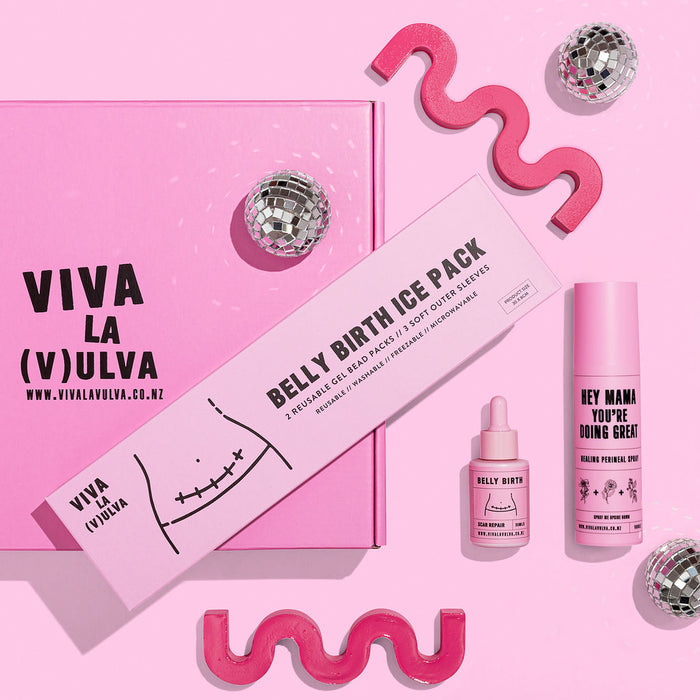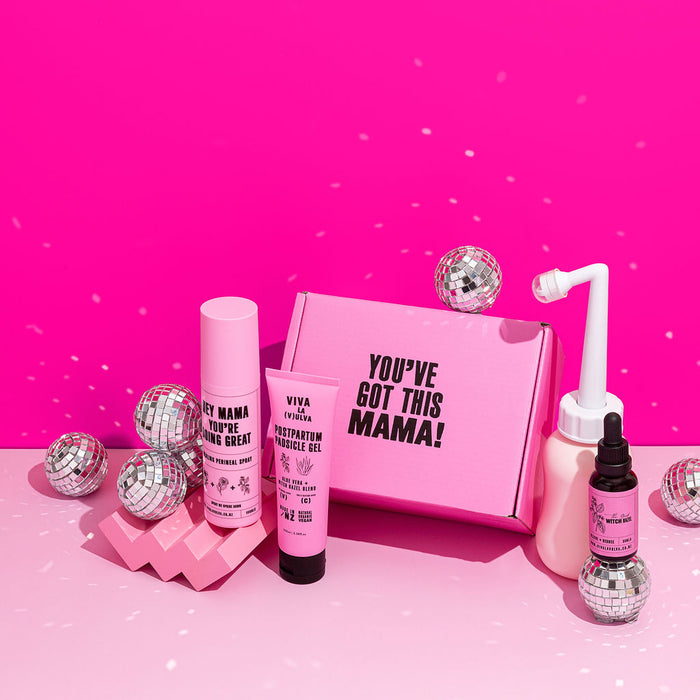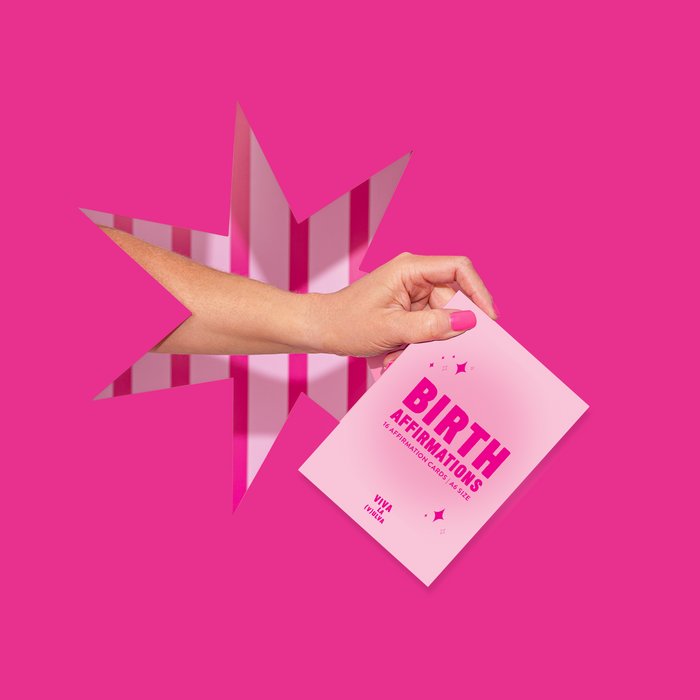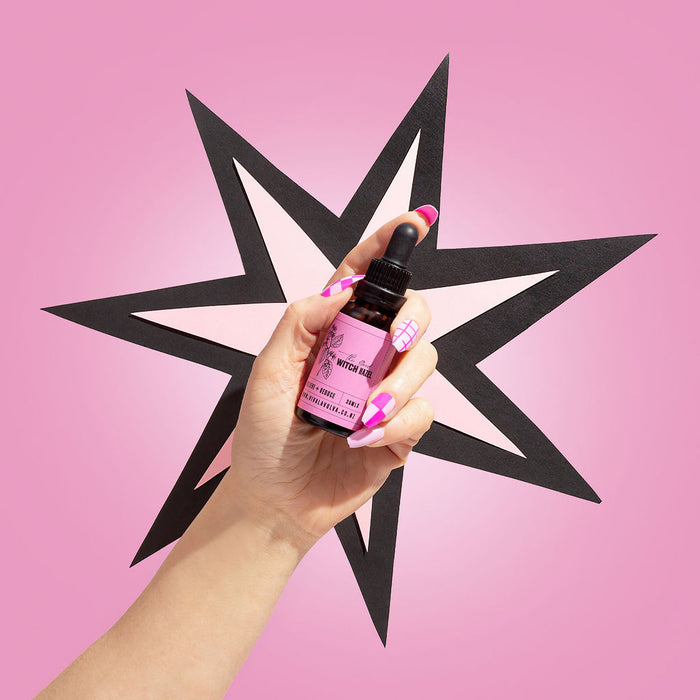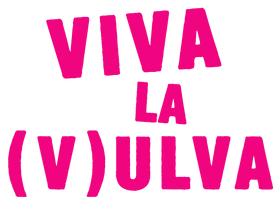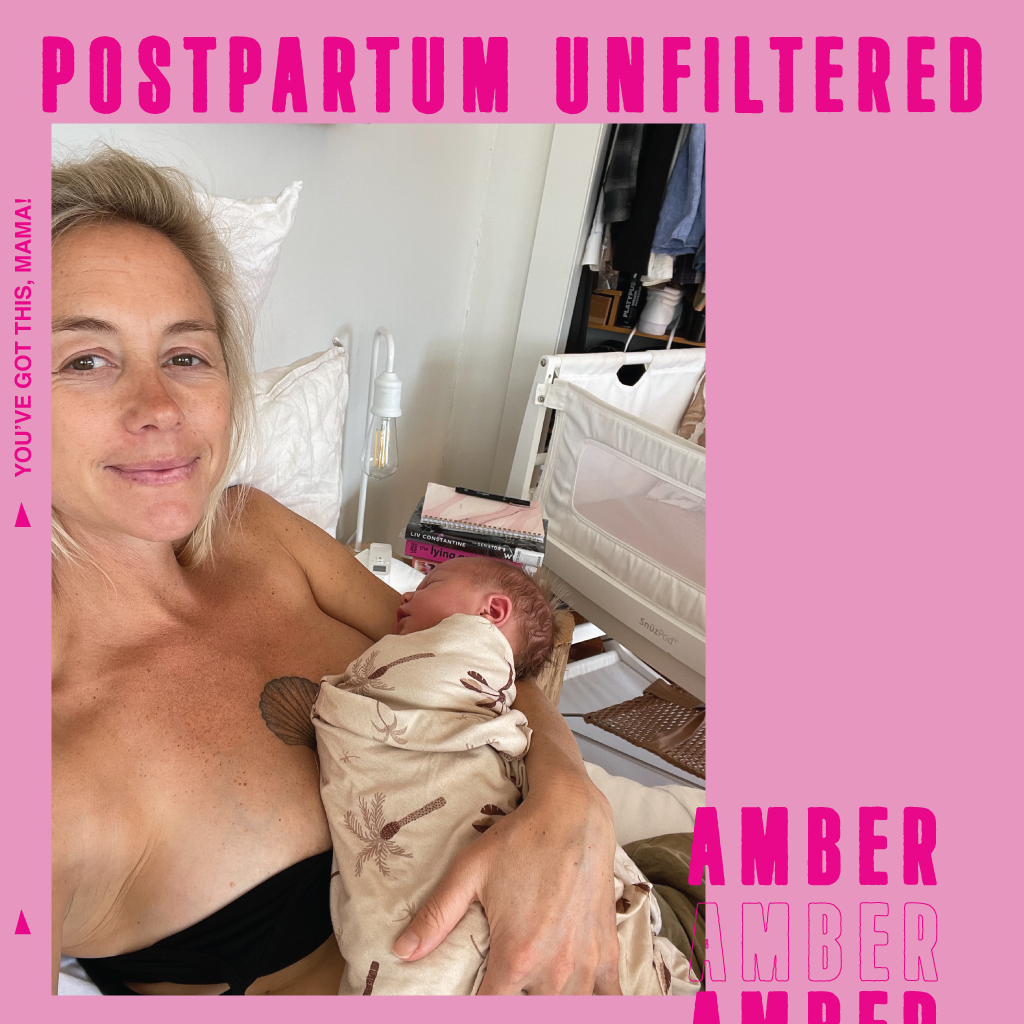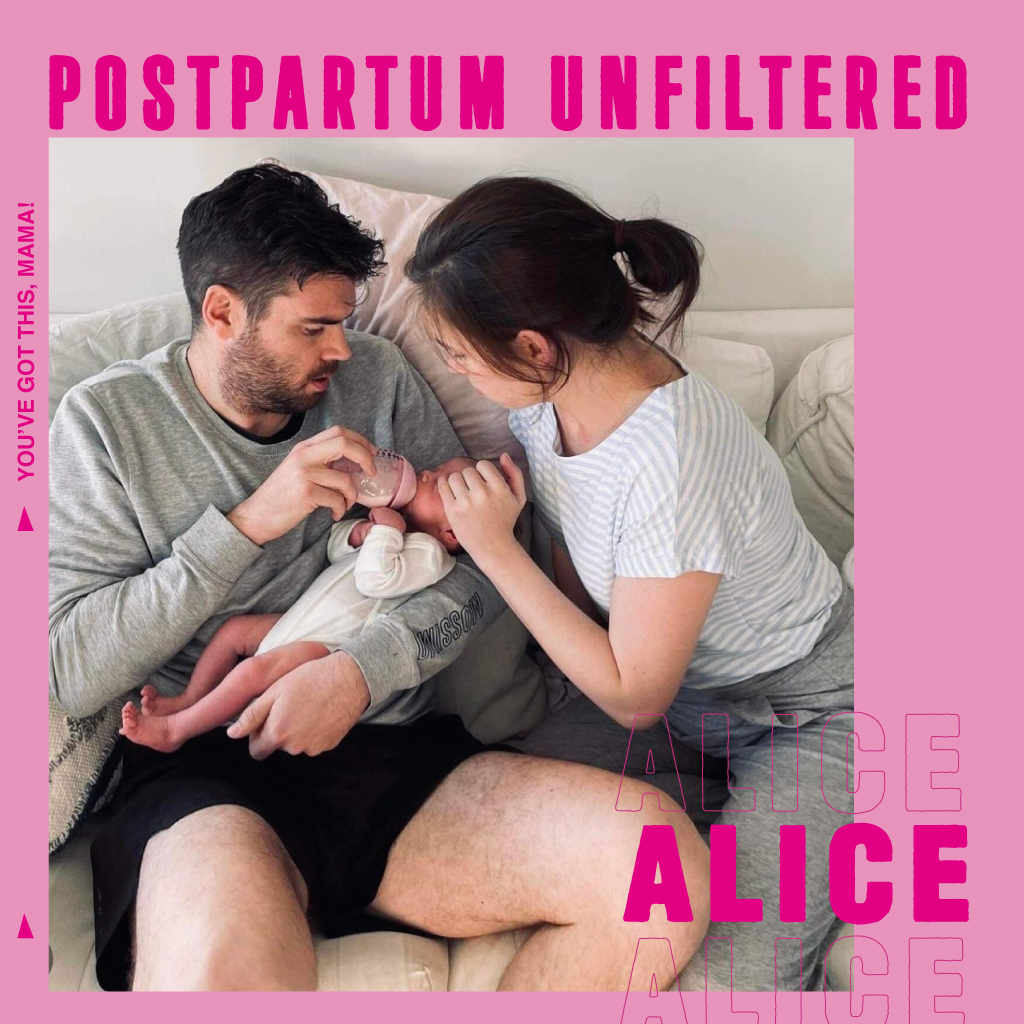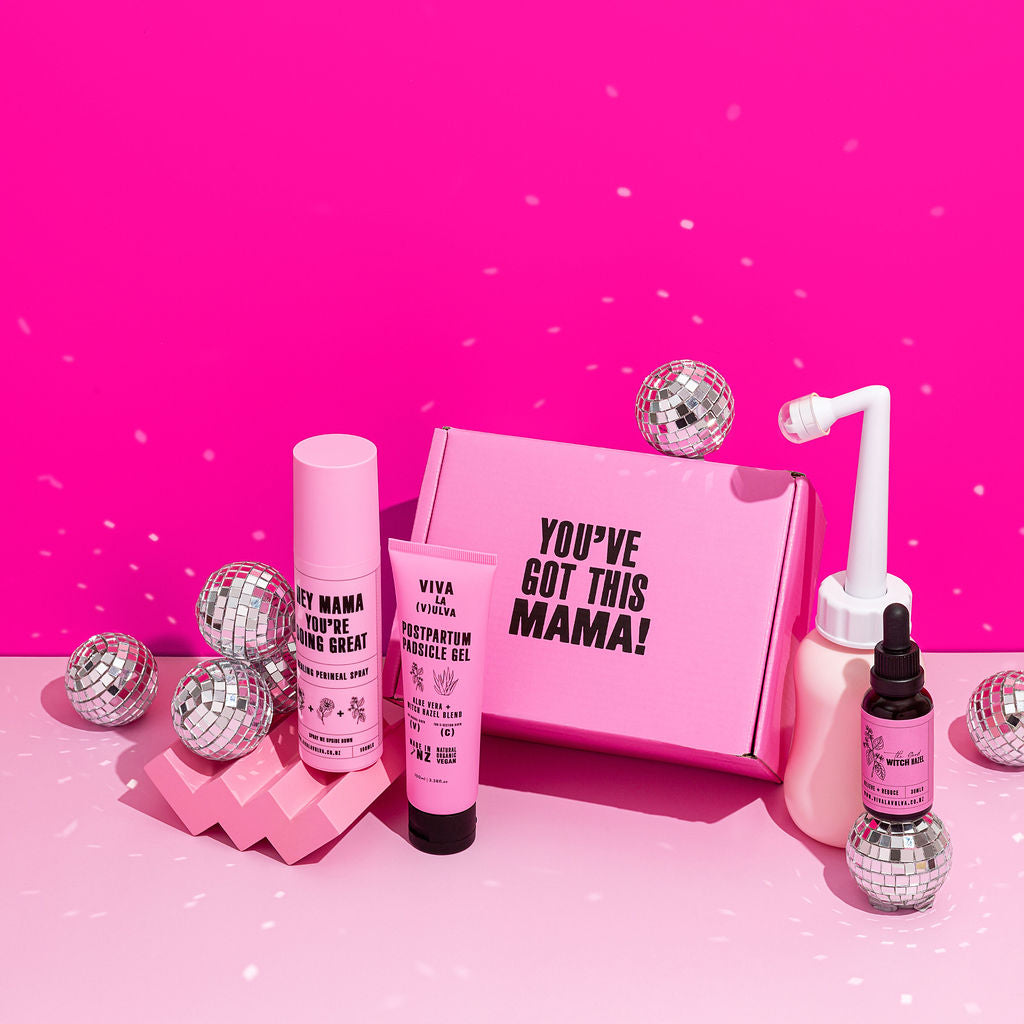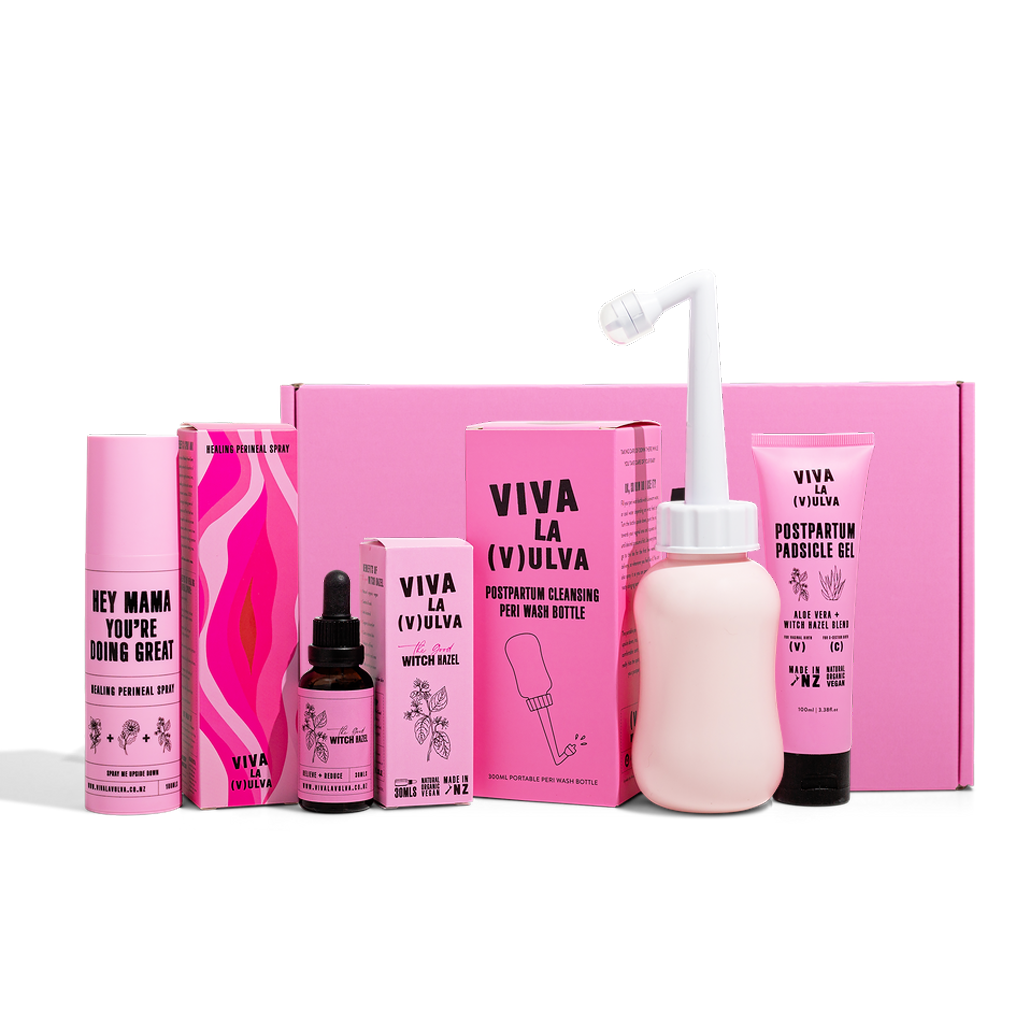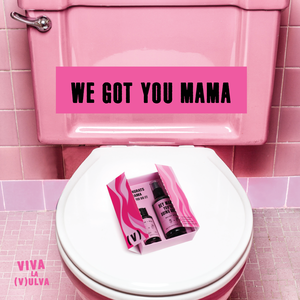
The Dreaded First Poo...
That DREADED first poo after you’ve given birth… probably one of the most anticipated poos you’ll do in your life?! And the question from midwives and nurses that many mamas hear many times in the first 24-48 hours after childbirth “have you peed, have you had your first bowel motion yet?” We wanted to know a little bit more about doing your first poo, what to expect and how we can make it a little less of a worry for you, mama! We spoke with midwife Stacey to get all the info!
IF WE’VE BIRTHED IN THE HOSPITAL OR BIRTHING UNIT… WHY DO WE HAVE TO WAIT UNTIL WE FIRST WEE AND POOP BEFORE WE CAN GO HOME?
You need to do a wee after birth to make sure everything is in working order especially if you have had a catheter in for whatever reason. It’s important to empty the bladder so that it does not get overly full and displace the uterus and potentially contribute to further bleeding. It also helps to keep urinary tract infections at bay. You do not have to poop before you leave the hospital or birthing unit.
WHY IS THE FIRST POO SO STRESSFUL?
Post-vaginal or CS-birth women tend to be really nervous about pushing ANYTHING out in that region because they anticipate that it will be painful. But, delaying going can only make things worse.
DOES IT HURT? DO I PUSH OR LET IT COME NATURALLY? HOW CAN WE MAKE IT EASIER ON OURSELVES, PRE-BIRTH AND POST-BIRTH? IS THERE SOMETHING WE CAN EAT? VITAMINS? ANYTHING?
Look it sounds uncomfortable, but people experience things differently, some women report it’s painful others are just completely relieved and forget about the discomfort. Make sure you remember to relax and breathe your body will know what to do!
HOW THE F DO WE APPROACH THE FIRST POO?
If you get the urge, GO TO THE TOILET! Don’t try and hold off because you think it will be sore, this can lead to constipation which will be much more uncomfortable to pass. Have a hot shower, and go for a small walk (if you are able), mobilising is very important to get things moving and healing in your body. Drink at least 2L of water a day, have fibre-rich foods, like fruit and veg and if you feel like you're getting constipated let your midwife know as you may need to be started on laxatives.
Don’t strain at all. If you can prop your knees up on a small stool so your knees are slightly above your pelvis while sitting on the toilet, this helps to easily pass poos!
DO WE WIPE OR IS A PERI BOTTLE BEST? DO WE HOLD OUR PARTS SO EVERYTHING DOESN'T FALL OUT? WHERE DO WE HOLD? WHAT DO WE HOLD?
You do not need to hold anything! Go to the bathroom as normal, wipe front to back as normal and use a Peri Wash Bottle, the peri bottle is ideal if you have had a tear or stitches! The good thing about vaginas is that they are incredibly vascular so heal quickly.
If you are worried about the pressure you can gently hold your vagina at the front with a clean pad or clean damp cloth while you go. This can give you a sense of security for the first few times.
AFTER THE FIRST POO, DO OTHER POOS STILL HURT? HOW LONG FOR? HOW CAN WE HELP ALLEVIATE THE PAIN? MOVING FORWARD, IS THERE A ROUGH TIME FRAME FOR WHEN YOUR POO MAY BE NORMAL AGAIN? HOW DO I STOP HAEMORRHOIDS?
1:2 women experience haemorrhoids during pregnancy which are caused by things like increased blood volume (women’s blood volume increases by 50% during pregnancy) and pressure on veins and hormonal changes which can lead to haemorrhoids. Talk to your midwife about your symptoms so that she can help make a plan. There are things you can do to help relieve the annoyance of haemorrhoids like using Healing Perineal Ice Pack, put some of The Good Witch Hazel or Postpartum Padsicle Gel on a maternity pad with some water and freeze it, eat a high fibre diet and drink lots of water to avoid constipation. Mobilise and slowly start to do your pelvic floor exercises.
WHAT HAPPENS WITH THE STITCHES/TEARING AND NOT GETTING POO NEAR IT?
Always wipe from front to back! Shower as normal, no need to use fancy soaps, just warm water is all you need. If your stitches are red, inflamed, oozing or you have a fever contact your midwife or doctor as these can be signs of an infection.
Using Viva La Vulva Healing Perineal Spray can also really help the pain. There are sitz baths and other remedies for making sure you're clean down there after you poo. If you can’t wipe, soaking in lukewarm water or having a shower after are also great alternatives for keeping everything clean, also the Healing bath soak has great ingredients to help with healing.
HOW DO YOU PROTECT THE OUTER AREA WHILE SITTING / WHAT KIND OF UNDIES ARE BEST?
Big comfy granny panties! Women sometimes worry about stitches coming apart, this is incredibly unlikely, as they move with your body. If you are worried though definitely check with your midwife or LMC. You can also sit on a rolled-up towel on one side or get a ring pillow to sit on for the first few weeks. Make sure you rest up!
WHAT CARE PRODUCTS ARE BEST TO USE?
Natural products are always the best! Warm water to clean, cold compress to soothe. Check out The Viva La Vulva range of all-natural postpartum care products to help you on your healing journey.
THEN THERE'S MY BABY'S FIRST POO… HOW LONG DOES THIS TAKE TO HAPPEN? WHY IS IT SO BLACK? AND WHEN DOES THAT STOP? HOW DO I KNOW IF MY BABY’S POO IS NORMAL AND WHEN SHOULD I BE CONCERNED?
We expect a baby to pass their first poo (meconium) within the first 24 hours, this is the thick tar-like poo which is made up of all the bits bubba has been swallowing while in the womb. As a mum's milk changes so does a baby’s poo colour. This is also an indicator of if the baby is getting enough to eat. Your midwife/ LMC will frequently ask about your baby’s poo colour and let you know if there are any concerns.
MAMA HACK!
Use a soft cloth, warm water and a bit of Perineal massage oil to help get those first super sticky meconium poos off your babies very sensitive skin!
